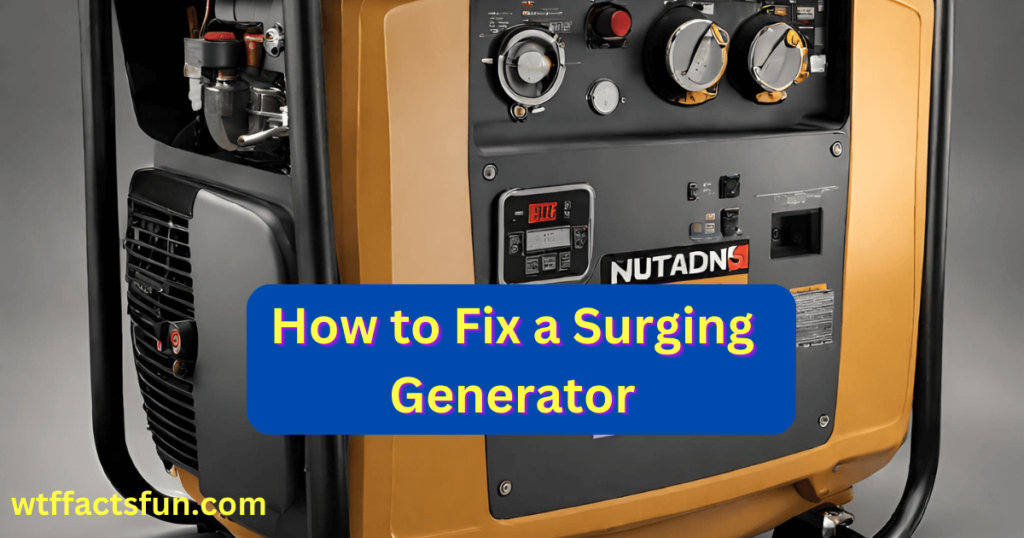
Table of Contents
How to Fix a Surging Generator
How to Fix a Surging Generator: Generators are indispensable during power outages, providing a reliable source of electricity. However, encountering a surging generator can be a frustrating and potentially damaging issue. In this guide, we will delve into the various reasons behind generator surging and provide a step-by-step approach to diagnose and fix the problem.
- Understanding Generator Surging: Generator surging is characterized by erratic fluctuations in engine speed, causing the generator to rev up and down irregularly. This can result in unstable power output, affecting the connected appliances. Common causes include carburetor issues, fuel system problems, and air intake blockages.
- Initial Inspection: Start by visually inspecting the generator for loose or damaged components. Check the fuel tank, fuel lines, and air filter for any signs of wear, leaks, or blockages. Ensure the generator is on a level surface and has sufficient oil and fuel levels.
- Inspecting the Air Filter: A clogged or dirty air filter can disrupt the air-fuel mixture, leading to surging. Remove the air filter and clean or replace it if necessary. Adequate air intake is crucial for smooth generator operation.
- Fuel System Check: Inspect the fuel tank and fuel lines for any blockages, leaks, or contaminants. Drain any old fuel and replace it with fresh, clean gasoline. Ensure the fuel shutoff valve is open and the fuel cap vent is clear.
- Carburetor Adjustment: The carburetor regulates the air-fuel mixture. If it’s out of adjustment, it can cause surging. Refer to the generator’s manual for specific instructions on carburetor adjustment. In some cases, cleaning the carburetor may be necessary.
- Spark Plug Inspection: A fouled or malfunctioning spark plug can contribute to surging. Remove the spark plug, inspect it for fouling or damage, and replace if needed. Adjust the gap according to the manufacturer’s specifications.
- Governor Adjustment: The governor controls the engine speed. If it’s not functioning correctly, surging may occur. Check the governor linkage for any obstructions or misalignments. Refer to the manual for specific adjustment procedures.
- Exhaust System Inspection: A restricted exhaust system can cause surging. Ensure that the exhaust pipe and muffler are free from blockages or restrictions. Clean or replace components as needed.
- Voltage Regulator Check: An unstable voltage output can result from a faulty voltage regulator. Use a multimeter to check the generator’s voltage output. If it’s inconsistent, the regulator may need replacement.
- Professional Assistance: If the surging persists after performing the above steps, it may be prudent to seek professional assistance. Certified technicians can conduct a thorough inspection, diagnose hidden issues, and perform any necessary repairs.
Conclusion:
Fixing a surging generator requires a systematic approach, beginning with a visual inspection and progressing through various components. Regular maintenance, including cleaning filters, checking fuel systems, and adjusting carburetors, can prevent surging issues. By following this comprehensive guide, you can troubleshoot and resolve generator surging problems, ensuring a reliable and stable power source when you need it most.
Read also:
How Long Do Groundhogs Live: A Comprehensive Guide to Their Lifespan and Behavior